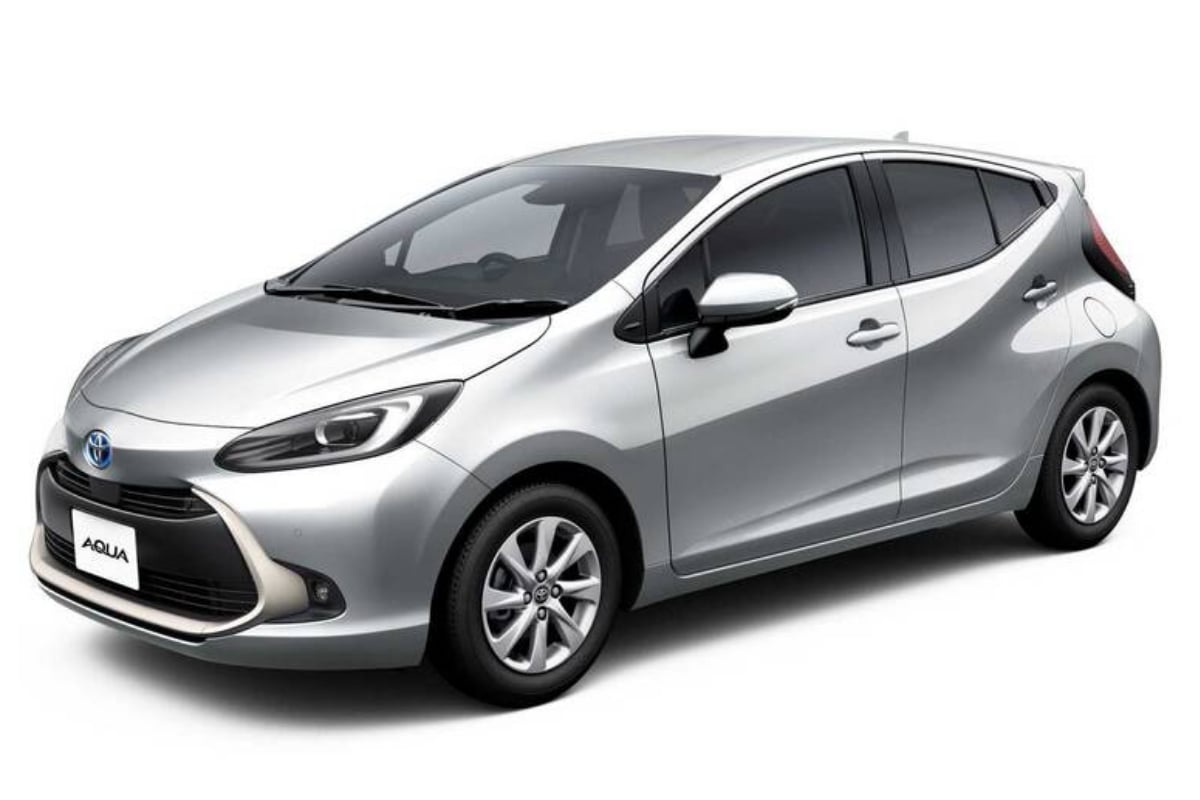Introduction
As the world shifts toward sustainable transportation, innovative solutions are emerging to reduce carbon emissions and dependence on fossil fuels. Among these advancements, the Aqua Car stands out as a revolutionary concept—a vehicle that runs on water. Combining cutting-edge hydrogen technology with eco-friendly engineering, the Aqua Car promises to redefine the future of mobility.
In this article, we will explore:
- The science behind the Aqua Car
- How it compares to traditional and electric vehicles
- The environmental and economic benefits
- Challenges and future prospects

1. The Science Behind the Aqua Car
The Aqua Car operates on hydrogen fuel cell technology, which extracts hydrogen from water (H₂O) to generate electricity. Here’s how it works:
A. Water Electrolysis
- The car is equipped with an onboard electrolyzer that splits water into hydrogen (H₂) and oxygen (O₂) using electricity.
- The hydrogen is stored in a fuel tank, while oxygen is released harmlessly into the atmosphere.
B. Hydrogen Fuel Cell
- The stored hydrogen reacts with oxygen in the fuel cell, producing electricity to power the motor.
- The only byproduct of this reaction is water vapor, making it a zero-emission vehicle.
C. Energy Efficiency
- Unlike battery-electric vehicles (BEVs), which rely on heavy lithium-ion batteries, the Aqua Car’s hydrogen system is lighter and offers longer driving ranges.
- Refueling is as quick as filling a gas tank—taking just 3-5 minutes compared to hours of charging for BEVs.
2. Aqua Car vs. Traditional and Electric Vehicles
| Feature | Aqua Car (Hydrogen) | Battery Electric Vehicle (BEV) | Gasoline Car |
|---|---|---|---|
| Fuel Source | Water (Hydrogen) | Electricity (Battery) | Gasoline/Diesel |
| Emissions | Zero (Water Vapor) | Zero (But depends on grid) | CO₂, NOx, Particulates |
| Refueling Time | 3-5 minutes | 30 min – 12 hours | 5 minutes |
| Range | 400-600 km | 300-500 km | 500-800 km |
| Energy Efficiency | High (60% efficiency) | Moderate (70-90% efficiency) | Low (20-30% efficiency) |
| Infrastructure | Limited hydrogen stations | Growing charging network | Widespread gas stations |
Advantages of Aqua Car Over EVs
- No battery degradation – Unlike lithium-ion batteries, hydrogen tanks don’t lose efficiency over time.
- Faster refueling – No long charging delays.
- Lighter weight – Better performance and longer range.
3. Environmental and Economic Benefits
A. Zero Carbon Footprint
- The Aqua Car emits only water vapor, making it one of the cleanest vehicles available.
- Even when considering hydrogen production, if renewable energy is used, the entire cycle remains carbon-neutral.
B. Reduced Dependence on Fossil Fuels
- Hydrogen can be produced from renewable sources (solar, wind, hydro), reducing reliance on oil.
- Countries with limited oil reserves can achieve energy independence.
C. Economic Growth & Job Creation
- The hydrogen economy could create millions of jobs in production, storage, and distribution.
- Governments investing in hydrogen infrastructure will lead in green technology innovation.
4. Challenges Facing the Aqua Car
Despite its potential, the Aqua Car faces hurdles:
A. High Production Costs
- Fuel cell technology is still expensive due to platinum catalysts and limited production scales.
- However, costs are expected to drop as adoption increases (similar to solar panels).
B. Lack of Hydrogen Infrastructure
- There are few hydrogen refueling stations globally compared to EV chargers.
- Governments and private sectors must invest in hydrogen highways.
C. Energy Loss in Hydrogen Production
- Electrolysis is only 70-80% efficient, meaning some energy is lost in conversion.
- Advances in green hydrogen (using renewables) can mitigate this issue.
5. The Future of Aqua Cars
Several automakers are already investing in hydrogen vehicles:
- Toyota Mirai – One of the first commercial hydrogen cars.
- Hyundai Nexo – A hydrogen SUV with a 600 km range.
- BMW iX5 Hydrogen – Testing hydrogen-powered luxury SUVs.
Upcoming Innovations
- Solid-state hydrogen storage – Safer and more compact tanks.
- Solar-powered electrolysis – Cars that generate hydrogen while parked.
- Hydrogen-powered trucks & planes – Expanding beyond passenger vehicles.
Conclusion
The Aqua Car represents a bold step toward a zero-emission future. While challenges remain, advancements in hydrogen technology and infrastructure will play a crucial role in making water-powered vehicles mainstream. As governments and industries invest in green energy, the dream of driving a car that runs on water could soon become a reality.
Would you drive an Aqua Car? The future of clean mobility is here—one drop at a time.

